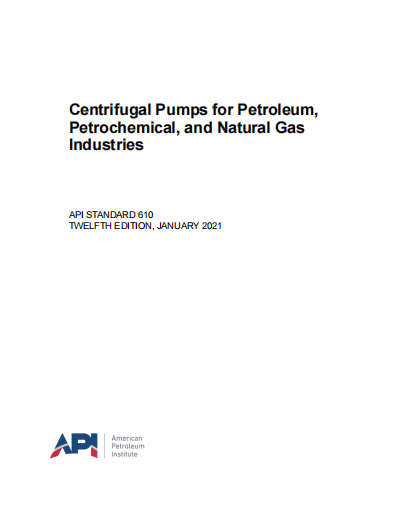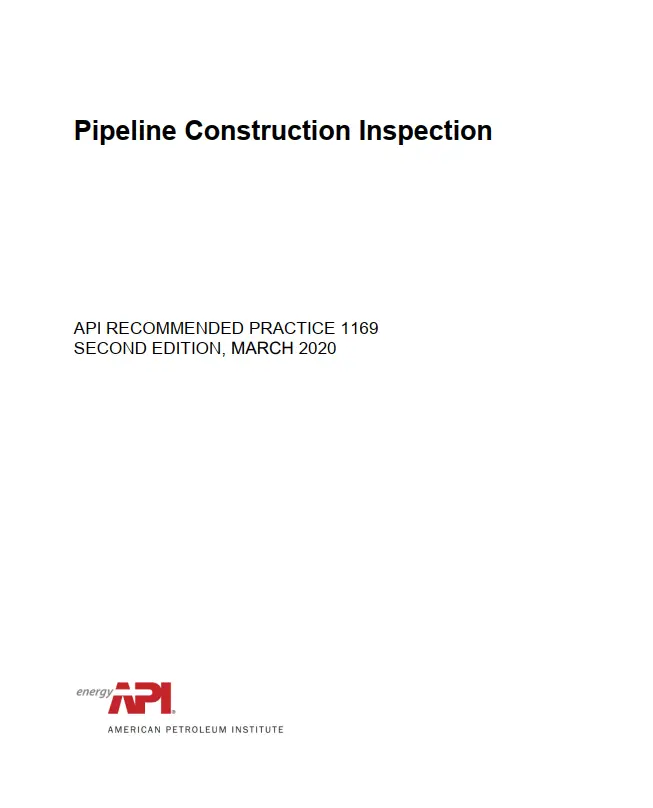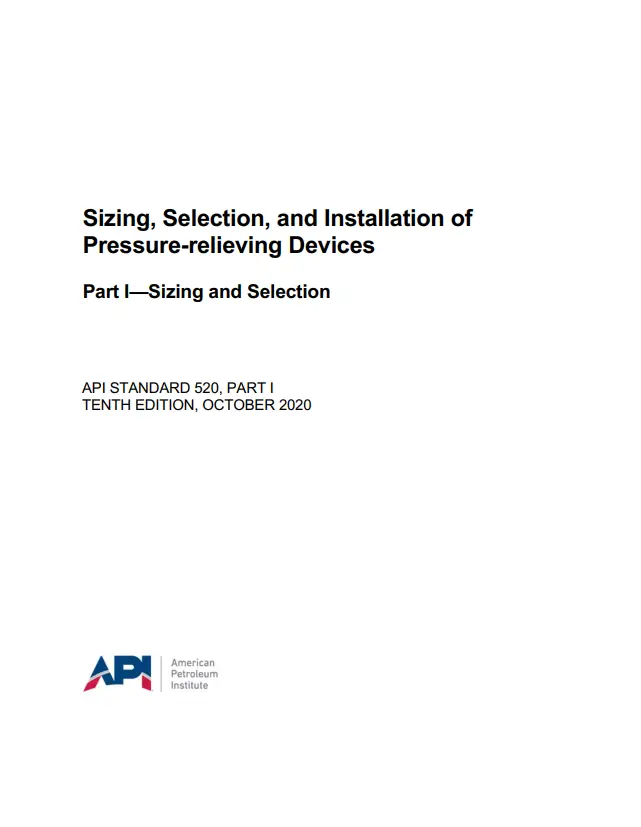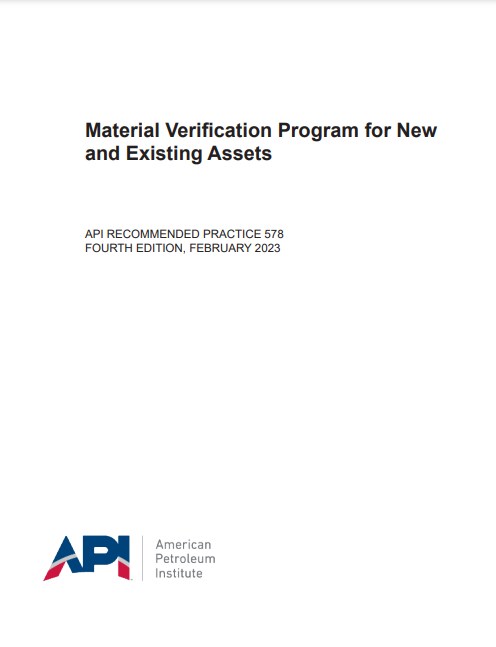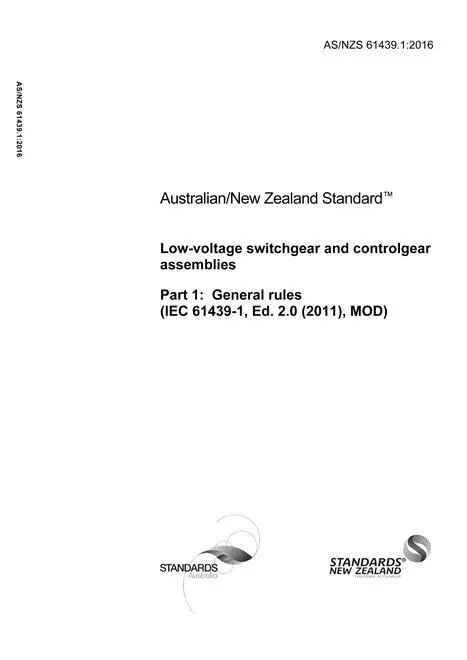API RP 578, 1st Edition, May 1999 – Material Verification Program for New and Existing Alloy Piping Systems
1 Scope
1.1 GENERAL
The purpose of this recommended practice is to provide the guidelines for a material and quality assurance system to verify that the nominal composition of alloy components within the pressure envelope of a piping system is consistent with the selected or specified construction materials to minimize the potential for catastrophic release of toxic or hazardous liquids or vapors.
This recommended practice provides the guidelines for material control and material verification programs on ferrous and nonferrous alloys during the construction, installation, maintenance, and inspection of new and existing process piping systems covered by the ASME B31.3 and API 570 piping codes. This practice applies to metallic alloy materials purchased for use either directly by the owner/user or indirectly through vendors, fabricators, or contractors and includes the supply, fabrication, and erection of these materials. Carbon steel components specified in new or existing piping systems are not specifically covered under the scope of this document.
1.2 ALLOY SUBSTITUTIONS IN CARBON STEEL SYSTEMS
When determining the need to perform material verification on carbon steel systems, the owner/user should evaluate the effect that the process stream could have on substituted alloy materials. In some cases, the substitution of hardenable alloy materials in carbon steel piping systems resulted in failure and loss of containment. Examples of such systems include wet hydrogen sulfide (H2S), hydrofluoric acid (HF), and sulfuric acid (H2SO4) services.
1.3 ROLES AND RESPONSIBILITIES
A material verification program for piping systems may involve participation of several groups within the operating plant or the shop of a contractor, vendor, or fabricator. When establishing a material verification program, consideration should be given to the roles and responsibilities that each group has within the specific organization. These roles and responsibilities should be clearly defined and documented. Within the operating plant, this can include those groups responsible for purchasing, engineering, warehousing/receiving, operations, reliability, maintenance, and inspection.
General Product Information:
Edition:1st
Published:05/01/1999
Number of Pages:17
File Size:1 file , 240 KB


